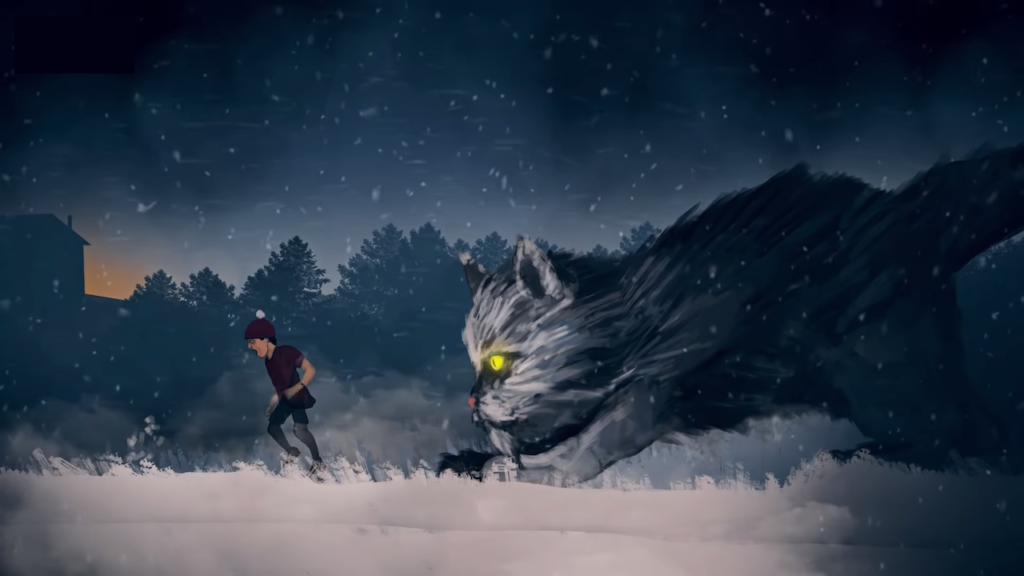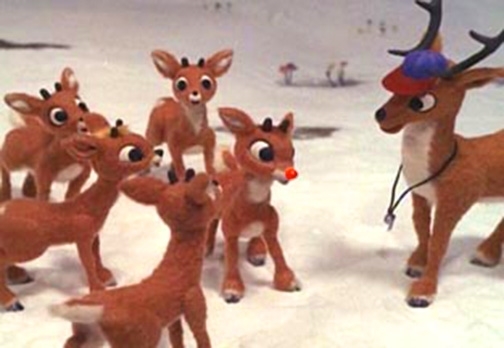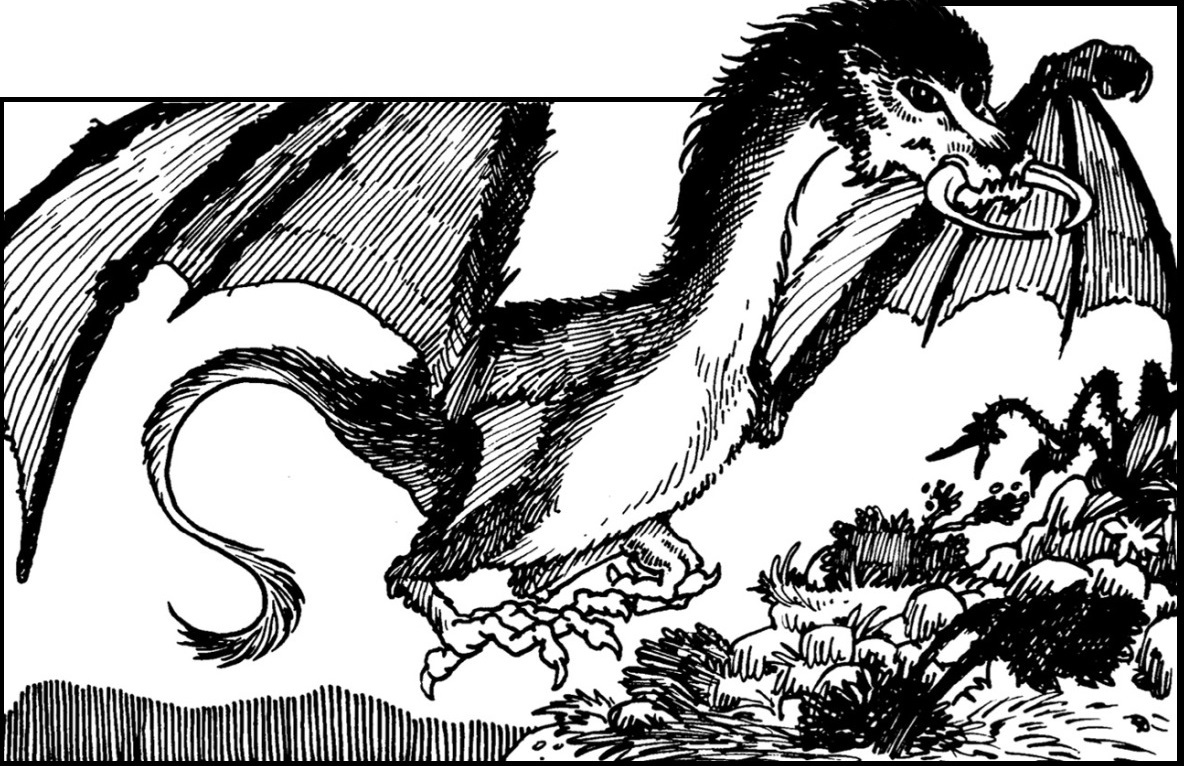Day 4 – The Jólakötturinn
Merry Fourth Day of Christmas!
Today we sail for beautiful Iceland to watch the selfish and indolent get eaten by the fearsome Jólakötturinn.
Also known as the Yule Cat, the Jólakötturinn is a monstrous feline with an unpleasant disposition. In the days leading up to Christmas, it hides in the snow drifts outside town. In the days following Christmas Eve, it stalks the selfish and indolent who could not earn new clothes, which, according to about ten minutes of “research” on the internet, was a common form of payment to employees. The Jólakötturinn especially enjoys hunting and eating naughty children.
The Jólakötturinn appears much like an enormous housecat. It is about 21 feet long from nose to tail-tip, about six feet high at the shoulder, and it weighs about one and a half tons. Its fur adapts to provide excellent camouflage in snowy fields, icy woodlands, and darkened village streets. Its eyes, yellow-green in color, shine with baleful light when its draws blood.
Jólakötturinn
Frequency: Very rare
No. Appearing: 1
Armor Class: 5
Move: 15″
Hit Dice: 8+3
% in Lair: 15%
Treasure Type: Nil
No. of Attacks: 3
Damage/Attack: 2-7/2-7/2-16
Special Attacks: See below
Special Defenses: See below
Magic Resistance: Standard
Intelligence: Low
Alignment: Neutral evil
Size: L
Psionic Ability: Nil
Attack/Defense Modes: Nil
Level/XP Value: VII/1,500 + 12/hp
The Jólakötturinn climbs well, and it can leap 15 feet upwards and 45 to 75 feet ahead in attack. When it scores two forepaw hits in one melee round, it rakes its victim with its rear claws, attacking twice more for 2-12 points of damage per attack. The Jólakötturinn’s magical eyes enable it to see the selfishness and laziness, and this monstrous cat attacks those “stained” by these moral failings, doing so with a +2 on the “to hit” die. Due its keen senses, the Jólakötturinn is surprised only on a 1. It takes only half damage from cold-based attacks.





